training in the heat.
Yesterday I did the normal ride to Lawrence. Mid day, 100+ degrees. Again. WTF? This is abnormal for Kansas. We’re on pace to break the number of days above 100 already and it’s only mid July. Anyway, it rained for over an hour at my house last night, so it was muggy. And I felt okay. Maybe better than okay. I’m thinking that there is a chance that I’m used to this stupid, extreme temperature.
Ned sent me an email a few years ago. I was looking for it, but it must be on another computer. Anyway, it was a list of ways that athletes can raise their red count/hemoglobin/blood volume naturally. At least, semi naturally. It had a whole list of things on it. I can’t remember them all, but I do know three.
1. Train at altitude. That one is easy and well known.
2. Donate blood. Your body will replenish the blood and after 28 days or so, it really doesn’t know when to stop, so it over produces some.
3. Train in the heat. Something to do with an increase of blood volume. I couldn’t find a specific article on it, but this one says–
When endurance athletes train in temperatures in excess of 77°F (25°C), the body will become accustomed to retaining the mineral sodium, which is commonly excreted through the skin’ pores when the body is exposed to significant heat (sweating). The greater the level of sodium remaining in the body, the greater the amount of water that will be retained by the body, which has the effect of maintaining blood volumes. Blood volumes will be increased through hot weather training within 14 days.
I’ve never had the chance to test out #2. I’ve donated blood a few times the last few years, but always in the winter when I’m not training hard. I’ve obviously felt the affects of altitude and know a lot about it personally. But, #3 is interesting. The 77 degree number seems silly low, especially for cyclists, but the article I read before was stating numbers in the upper 90’s/100’s and how your blood volume increases as you train in those temperatures and get dehydrated.
I was then looking around on the internet and found this article from the New York Times that shows a study done at the University of Oregon’s human physiology department. This study was done only on elite cyclists and the results were pretty unbelievable. The riders that trained in the heat, 104 degrees for 90 at 50% max VO2 improved their performance by 4-8%. Here are the important finding for the study-
Heat acclimation increased Vo2max by 5% in cool (66.8 ± 2.1 vs. 70.2 ± 2.3 ml·kg−1·min−1, P = 0.004) and by 8% in hot (55.1 ± 2.5 vs. 59.6 ± 2.0 ml·kg−1·min−1, P = 0.007) conditions. Heat acclimation improved time-trial performance by 6% in cool (879.8 ± 48.5 vs. 934.7 ± 50.9 kJ, P = 0.005) and by 8% in hot (718.7 ± 42.3 vs. 776.2 ± 50.9 kJ, P = 0.014) conditions. Heat acclimation increased power output at lactate threshold by 5% in cool (3.88 ± 0.82 vs. 4.09 ± 0.76 W/kg, P = 0.002) and by 5% in hot (3.45 ± 0.80 vs. 3.60 ± 0.79 W/kg, P < 0.001) conditions. Heat acclimation increased plasma volume (6.5 ± 1.5%) and maximal cardiac output in cool and hot conditions (9.1 ± 3.4% and 4.5 ± 4.6%, respectively).
Here is a link to the abstract.
Those results are pretty substantial. TT performance increased by 8% and power at lactate threshold by 5%. And Vo2 in the heat increasing by 8%. Wow. Those numbers are off the charts. And this happened by only training in heat for an hour and a half a day for 10 days. I wonder what the results would be if it was in the heat at altitude?
Maybe this is the reason I’m feeling good right now. I don’t really know. I need to find a race pretty soon to test it out personally.
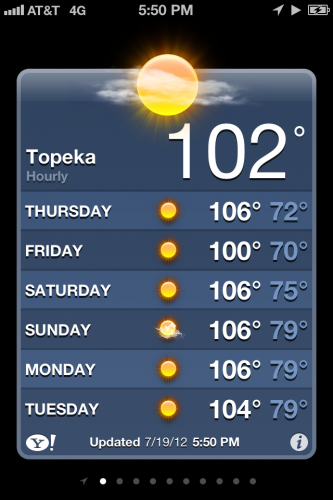
This has pretty much how it has been in Kansas for the last 3 weeks. I’ve been trying to ride in the heat of the day.
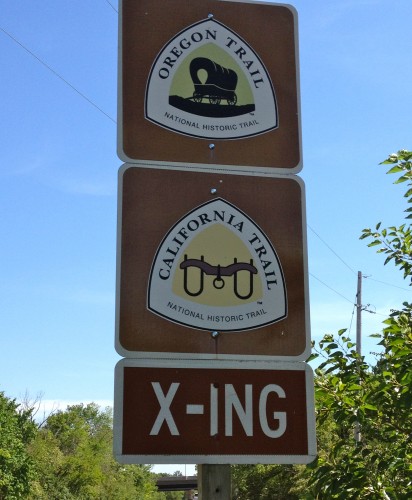
Most everyone walking to the West coast went through Kansas City, so Eastern Kansas was a popular place back in the 1800’s.

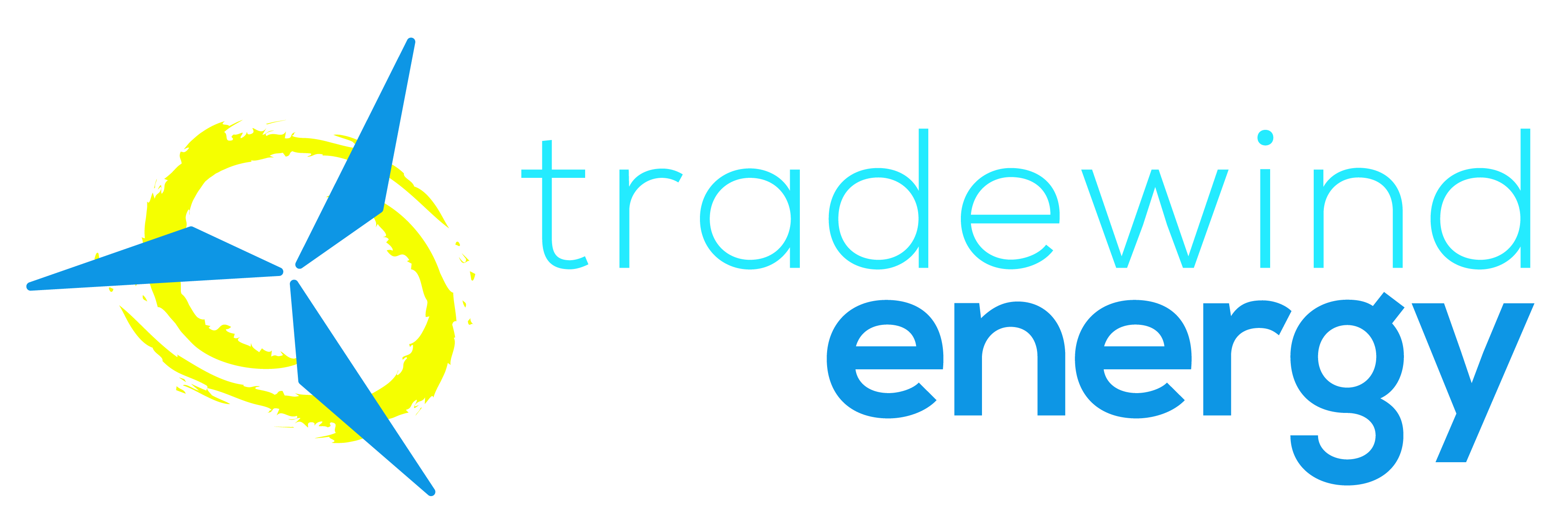



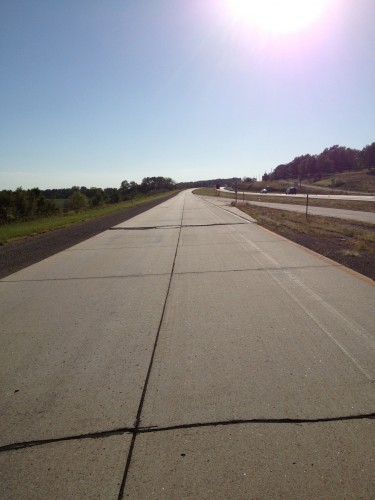
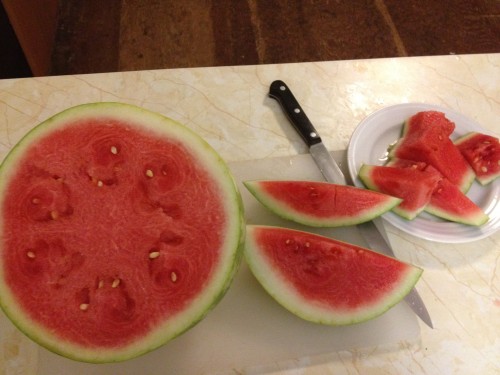
Huh? It rained at your house last night? I live in Topeka and we didn’t get ANY rain last night, nor the night before…
This must have a been a freak storm that just hit your house!
Sorry, but training in the heat did not increase VO2 max. Heat acclimation reduced the negative effects of heat on VO2.
See the figure: http://www.ncbi.nlm.nih.gov/pmc/articles/PMC2963322/figure/F2/
This specific study did not test if heat acclimation training, and the increase in plasma (not Hct) volume have any effect on performance at ‘normal’ temps. However, I have not perused all of that data, but from what I understand, in trained individuals, plasma volume will fall relatively quickly after the heat ‘stimulus’ is removed. And these increases are plasma volume. Not RBC, so the effect in trained athletes is minimal as they have typically already close to maxed out preload.
As for donating blood…..that will result in at least 28 days of reduced performance while you are ‘behind’ on oxygen carrying capacity. I have not heard that you ‘make extra’ on day 29, but I wouldn’t think that 28 days + of impaired exercise capacity would be worth it.
And…..
Training at altitude is somewhat effective, but not as much as doping. I can’t find the paper (or at least free access to it this morning), but the benefit is relatively small and transient for highly trained athletes.
Brian is right. Total blood volume and Red cell volume are very different. Hct (red cell vol) will increase with increased secretion of erythropoeitin (epo) by O2 deprivation (altitude or hypoxia tents). Dehydration will increase Hct, but this is dangerous and can lead to stroke…eg the Dutch cyclists who had high Hct in the early epo days compounded by dehydration from training.
Besides using diuretics to dilute the urine, diuretics decrease plasma volume. Not too smart in a 3 week stage race in which athletes are likely dehydrated anyway. These “doctors” who “help” athletes do them a huge disservice in the long run and put them at risk.
My two cents…always enjoy the blog.
Brian-It did increase the VO2 max at 13C (I realize 13C is not normal) after training in the heat. 5% on average. And it gave the athletes a 8% improvement on their VO2 in a hot situation. I realize that the VO2 max, including the 8% improvement, is lower than the cool temperature VO2, but it is still impressive.
Bryan-Yeah, it rained really hard for over an hour. Those isolated thunderstorms are just that, isolated.
Watermelon is amazingly good tasting after/during a really hot ride.
there is always data to support or argue these types of claims however i have experienced what steve is/has and there must be something.. perhaps we are more sensitive to it because we DON’T dope!! in either case (heat or altitude) it is a fact that increased intensity and decreased volume are a more effective way to train than the inverse. people train too much and not hard enough IMHO.
I’d think if you had DVT, you might want to keep your blood volume up and not get dehydrated, maybe just a bit overhydrated. How are those legs feeling? Just sayin…
I hear beats do the trick?
Maybe that is why Sky trains the way they do ?
In the heat, at altitude. No dope needed.
IIRC you don’t live that far from me. You must have been out in your lawn doing a rain dance!